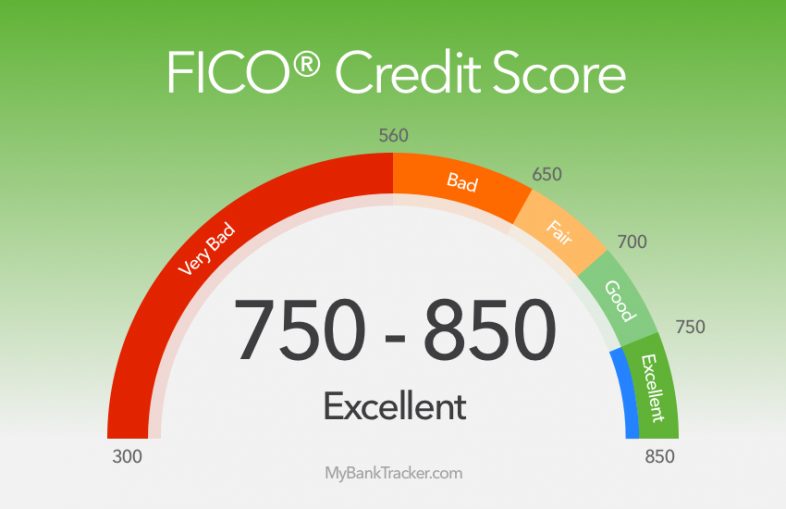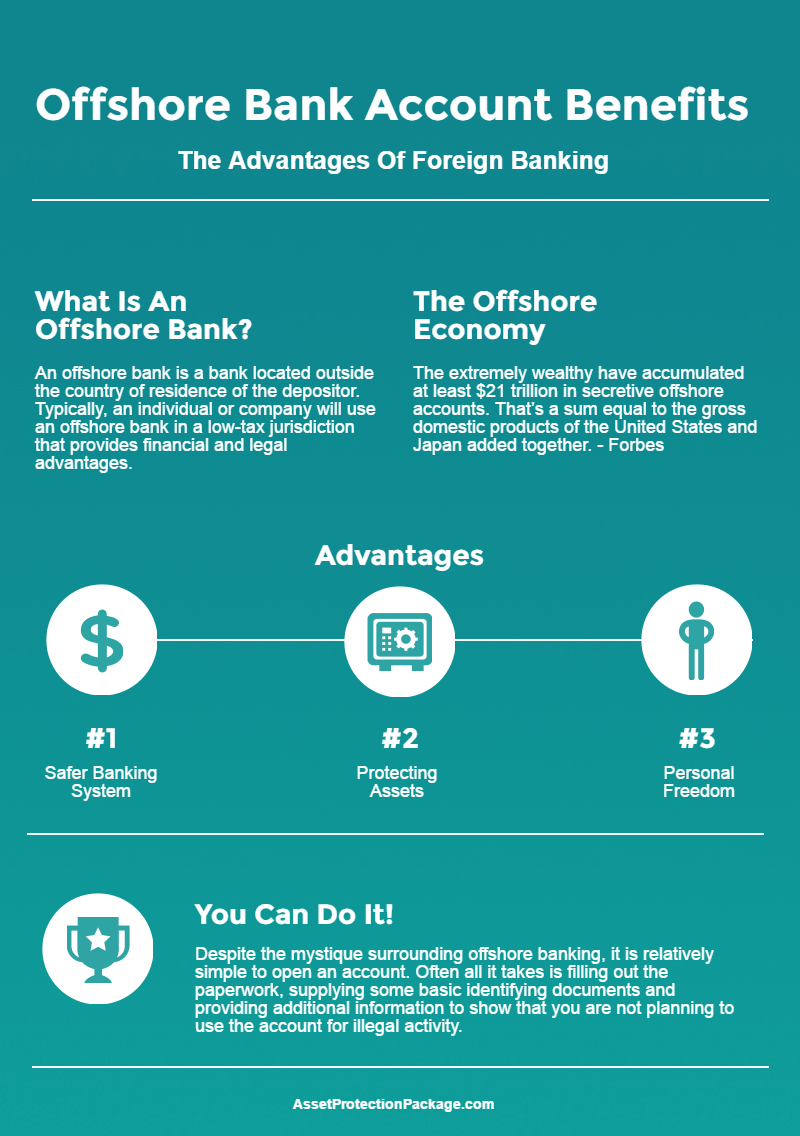
You've come to a good place if you have ever wondered how to change your account number. This article will cover IBAN, Branch code and Weighted sum. You can also see how to edit them on your own computer. It is important to keep in mind, however, that the account number's size will change when its format is changed.
IBAN
An IBAN is a format for identifying a bank branch. It can include up to 34 alphanumeric character, including the country codes and two check digits. It may contain additional information, such a branch identifier or potential routing information. The check digits allow the banking systems to validate the bank account number and ensure its integrity. These characters are a combination of the Latin alphabet, digits 1 through 9, and the digits 0.
An IBAN (International Bank Account Number) is unique to any bank account. It allows for secure and quick international payments. It combines account number and type code with multiple characters to identify the sending bank. This makes international payments easier and more affordable. SEPA also uses IBANs to identify accounts. This reduces financial transaction error.

Subledger account number
Subledger accounting helps companies better understand their financial situation. It can be used to help ensure accounts are properly classified and kept up-to date. While it is not required for all businesses the system can be beneficial to small businesses. If you have five bank accounts, each one will have a subledger which shows transactions.
A subledger may contain many different types of data. A subledger used for sales may be used to record sales according to region, product, salespersons, or other criteria. These records will then populate the sales master account in the general ledger. Another subledger, for fixed assets, contains information about a company’s fixed assets. This information may include the original cost, additional costs, or restatement or revaluation costs. This information can also serve to analyze the depreciation for fixed assets.
Branch code
A branch code is a 6- or 9-digit number that identifies your bank. Some banks include the code in an account number. Others don't. You need to ensure that you are using the right code to safely transfer your money.
Hong Kong's account numbers vary in length from six to nine digits, and the format depends on the institution. Many account numbers include branch code. Online, you can find your bank's branch codes using a BSB-checker.

Weighted sum
Accounting uses the weighted-sum account number format. This format is used to calculate the capital costs for different types of capital. An accounting team is responsible for this calculation. The weights are not always specified. First, the team must determine the total number of items to be included within the weighted average. The team then sums the results.
In Excel, the most common way to calculate a weighted average is to use the SUMPRODUCT function. This function can handle large numbers of elements and is therefore more useful for large numbers. Use the SUM function. You should put the values and weights in one column.
FAQ
How do I know when I'm ready to retire.
It is important to consider how old you want your retirement.
Is there an age that you want to be?
Or would it be better to enjoy your life until it ends?
Once you have decided on a date, figure out how much money is needed to live comfortably.
You will then need to calculate how much income is needed to sustain yourself until retirement.
Finally, calculate how much time you have until you run out.
How can I manage my risk?
You must be aware of the possible losses that can result from investing.
One example is a company going bankrupt that could lead to a plunge in its stock price.
Or, a country could experience economic collapse that causes its currency to drop in value.
You could lose all your money if you invest in stocks
This is why stocks have greater risks than bonds.
Buy both bonds and stocks to lower your risk.
Doing so increases your chances of making a profit from both assets.
Spreading your investments across multiple asset classes can help reduce risk.
Each class has its own set risk and reward.
Stocks are risky while bonds are safe.
You might also consider investing in growth businesses if you are looking to build wealth through stocks.
You might consider investing in income-producing securities such as bonds if you want to save for retirement.
What kind of investment vehicle should I use?
You have two main options when it comes investing: stocks or bonds.
Stocks can be used to own shares in companies. They offer higher returns than bonds, which pay out interest monthly rather than annually.
Stocks are the best way to quickly create wealth.
Bonds are safer investments, but yield lower returns.
You should also keep in mind that other types of investments exist.
These include real estate and precious metals, art, collectibles and private companies.
What investment type has the highest return?
The answer is not what you think. It depends on what level of risk you are willing take. If you put $1000 down today and anticipate a 10% annual return, you'd have $1100 in one year. Instead, you could invest $100,000 today and expect a 20% annual return, which is extremely risky. You would then have $200,000 in five years.
In general, the greater the return, generally speaking, the higher the risk.
The safest investment is to make low-risk investments such CDs or bank accounts.
However, you will likely see lower returns.
Conversely, high-risk investment can result in large gains.
A 100% return could be possible if you invest all your savings in stocks. However, you risk losing everything if stock markets crash.
Which one is better?
It all depends on your goals.
To put it another way, if you're planning on retiring in 30 years, and you have to save for retirement, you should start saving money now.
But if you're looking to build wealth over time, it might make more sense to invest in high-risk investments because they can help you reach your long-term goals faster.
Remember: Riskier investments usually mean greater potential rewards.
But there's no guarantee that you'll be able to achieve those rewards.
Should I buy individual stocks, or mutual funds?
Mutual funds are great ways to diversify your portfolio.
They are not for everyone.
If you are looking to make quick money, don't invest.
You should instead choose individual stocks.
Individual stocks give you more control over your investments.
Additionally, it is possible to find low-cost online index funds. These allow you track different markets without incurring high fees.
How do you start investing and growing your money?
Start by learning how you can invest wisely. You'll be able to save all of your hard-earned savings.
Learn how to grow your food. It isn't as difficult as it seems. You can grow enough vegetables for your family and yourself with the right tools.
You don't need much space either. Just make sure that you have plenty of sunlight. You might also consider planting flowers around the house. They are simple to care for and can add beauty to any home.
If you are looking to save money, then consider purchasing used products instead of buying new ones. You will save money by buying used goods. They also last longer.
Statistics
- As a general rule of thumb, you want to aim to invest a total of 10% to 15% of your income each year for retirement — your employer match counts toward that goal. (nerdwallet.com)
- Over time, the index has returned about 10 percent annually. (bankrate.com)
- An important note to remember is that a bond may only net you a 3% return on your money over multiple years. (ruleoneinvesting.com)
- They charge a small fee for portfolio management, generally around 0.25% of your account balance. (nerdwallet.com)
External Links
How To
How to invest
Investing involves putting money in something that you believe will grow. It's about confidence in yourself and your abilities.
There are many ways you can invest in your career or business. But you need to decide how risky you are willing to take. Some people want to invest everything in one venture. Others prefer spreading their bets over multiple investments.
If you don't know where to start, here are some tips to get you started:
-
Do research. Research as much information as you can about the market that you are interested in and what other competitors offer.
-
You must be able to understand the product/service. Know what your product/service does. Who it helps and why it is important. Be familiar with the competition, especially if you're trying to find a niche.
-
Be realistic. Consider your finances before you make major financial decisions. If you have the financial resources to succeed, you won't regret taking action. However, it is important to only invest if you are satisfied with the outcome.
-
The future is not all about you. Be open to looking at past failures and successes. Ask yourself whether there were any lessons learned and what you could do better next time.
-
Have fun. Investing should not be stressful. You can start slowly and work your way up. Keep track your earnings and losses, so that you can learn from mistakes. Remember that success comes from hard work and persistence.